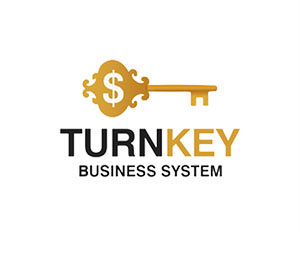Price Feed Aggregators: Architecture, Role in Market Stabilization, and Potential Risks for Retail Traders

Price Feed Aggregators: Architecture, Role in Market Stabilization, and Potential Risks for Retail Traders
Price Feed Aggregators have become a key element of the Forex infrastructure.
They collect quotes from different liquidity providers and form a more balanced price feed.
This increases transparency and reduces volatility, but at the same time creates risks for retail traders - from execution delays to potential market manipulation.
In 2025, the role of aggregators increases: they become not just a stabilization tool, but also a strategic factor in the competitive struggle of brokers.
They collect quotes from different liquidity providers and form a more balanced price feed.
This increases transparency and reduces volatility, but at the same time creates risks for retail traders - from execution delays to potential market manipulation.
In 2025, the role of aggregators increases: they become not just a stabilization tool, but also a strategic factor in the competitive struggle of brokers.
What are Price Feed Aggregators and How Do They Work?
Price Feed Aggregators are systems that combine quotes of currency pairs from different liquidity providers (banks, ECN, prime brokers). Their task:- eliminate price gaps,
- offer customers the most accurate price,
- increase the speed of order execution.
Architecture typically includes three levels:
Data collection - receiving quotes from dozens of sources.
Algorithmic filtering - removal of abnormal prices, elimination of "noise".
Delivery to terminals - final stream to MetaTrader, cTrader or other platforms.
In this way, the trader sees the "average" price, which reflects the most liquid section of the market.

Price Feed Aggregators: Architecture, Role in Market Stabilization, and Potential Risks for Retail Traders
The role of aggregators in stabilizing the market
Reducing volatility: by smoothing out extreme price swings.Spread reduction: aggregators select the best bids/ask from different sources.
Increased trader confidence: less slippage and flash crashes.
Interestingly, aggregators have become analogous to "centers of gravity" for Forex: they transform the chaotic flow of price data into a more structured and predictable one.
Potential risks for retail traders
Despite the obvious advantages, aggregators also pose certain threats:Latency: Even a fraction of a millisecond can cost scalpers their profits.
Conflicts of Interest: A broker may filter or slow down the flow to manage client trades.
Technical failures: Reliance on a single aggregate feed provider increases the risk of system errors.
Liquidity manipulation: when there is low liquidity in the market, the aggregator may show "artificial" prices.
For a retail trader, this means that the price received is not always the "absolute market truth."
Examples and practical application
Scalpers and HFTs depend on microsecond delays. For them, aggregators are both a blessing and a curse.Medium-term traders benefit from noise smoothing and spread reduction.
Brokers use custom aggregator settings to optimize their margins.
Example: Broker A is connected to three banks and ECN, and broker B is connected to ten sources. The final flow of the second will be more accurate and stable, but also more expensive in terms of infrastructure.
The rise of AI – algorithms will predict and correct abnormal price movements in real time.
By Miles Harrington
Join us. Our Telegram: @forexturnkey
All to the point, no ads. A channel that doesn't tire you out, but pumps you up.









Report
My comments